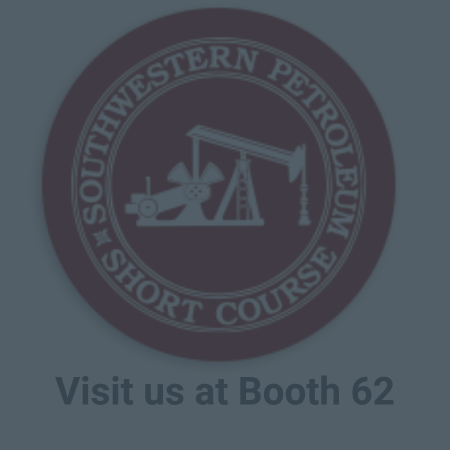Reducing GHG emissions, increasing production for plunger lift applications in the Marcellus shale
Marcellus shale gas wells are often challenged by increasing liquid loading frequency, yielding decreased production, reduced workforce efficiency, and increased GHG emissions, due to required well interventions. Leveraging data-driven, cloud-based plunger lift optimization, CNX Resources increased gas production and reduced GHG emissions.
Michael Yoho / CNX Resources; Chris Robart / Ambyint; Liz Karam / AWS Energy
The United States Energy Information Administration (EIA) estimates that global energy consumption will increase 50% over the next 30 years. And while renewable energy sources like solar and wind will grow significantly during this period, petroleum and other liquid fuels will remain the world’s largest energy source in 2050. Meeting growing demand for oil and gas is not the only challenge operators are facing; the industry is also working aggressively to reduce its carbon footprint and minimize GHG emissions associated with oil and gas production.
For the industry to address this dual challenge of meeting growing energy demand but also doing so more sustainably and efficiently than in the past, digital innovations like cloud computing and artificial intelligence are providing a clear path forward. For operators like CNX Resources, leveraging the latest advances in digital innovation are helping to revamp legacy operations and improve and optimize overall performance, while reducing the carbon footprint associated with its operations.




